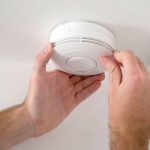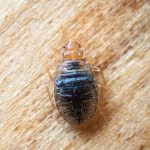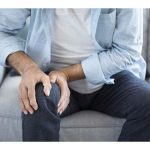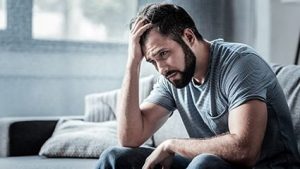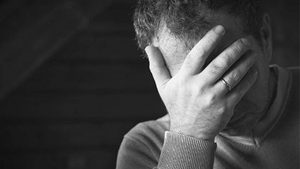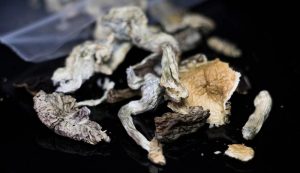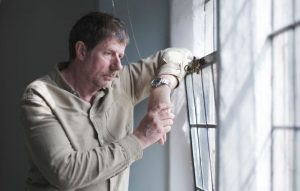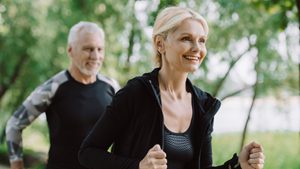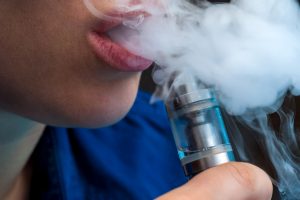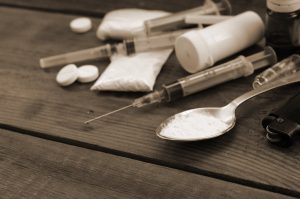
When the U.S. Food and Drug Administration banned fruit-flavored vaping products in early 2020, the idea was to reverse the rapid rise in electronic cigarette use among youths. Now, a new survey of adult e-cigarette users finds that instead of quitting e-cigarettes, most vapers switched to flavored products not covered by the ban, or even went back to smoking traditional cigarettes. The ban does not appear to be working and use of flavored products continues, contends study co-author Deborah Ossip. She’s a professor in the department of public health sciences and Center for Community Health and Prevention at the University of Rochester Medical Center (URMC) in New York. “It really gets to the issue of, if you want to meaningfully restrict the use of flavored products, you really need to close those loopholes,” Ossip said. “And to combine that with the program of enforcing the regulations, and I think a very large public awareness campaign about why that’s happening, because there’s a lot of confused messaging around use of flavored products and e-cigarettes.” The FDA ban was on products using flavored cartridges and pods. It did not include tanks. It also did not ban disposable, flavored e-cigarette products that soared in popularity after the ban. Menthol products were also not part of the ban, said lead study author Dongmei Li, an associate professor of clinical… read on > read on >













